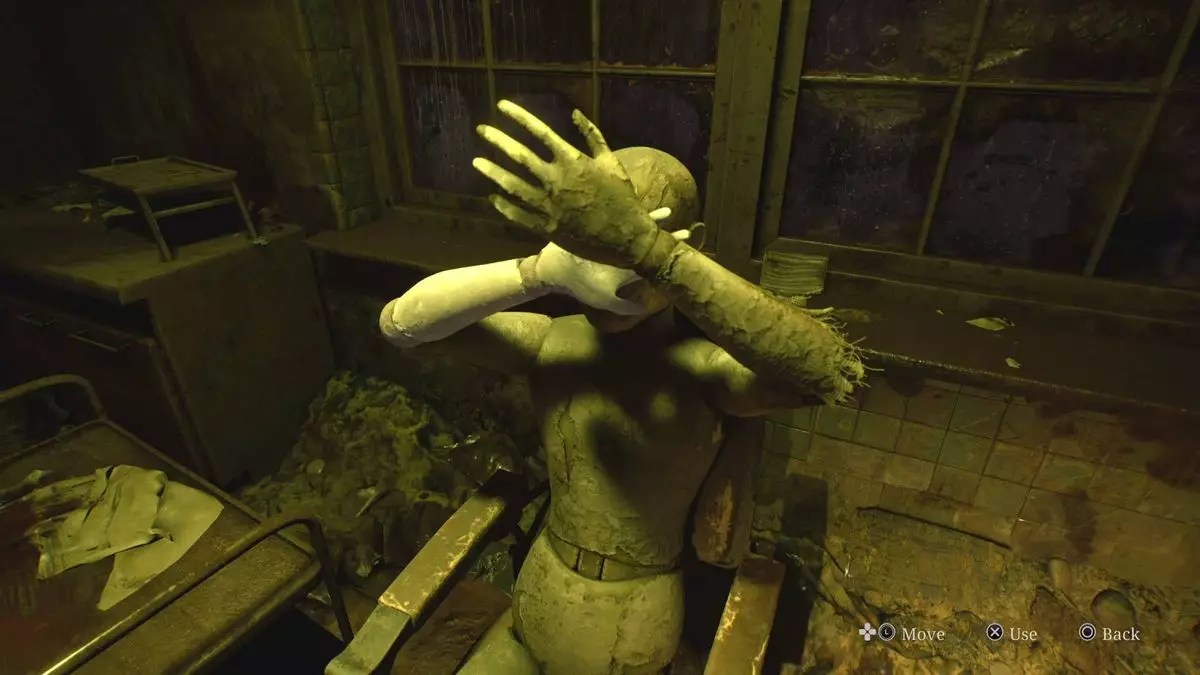The video game community is no stranger to the fervent passion that franchises like Silent Hill can stir. However, the release of the much-anticipated Silent Hill 2 remake has ignited a fresh wave of controversy, pitting cherished nostalgia against modern reinterpretation. Masahiro Ito, a seminal figure in the creation of the original Silent Hill series, has found himself at the center of this turbulence, facing backlash from a segment of fans dissatisfied with the remake. But what is it about remakes that can provoke such strong reactions?
Silent Hill 2, hailed for its intricate storytelling and psychological horror elements, has left an indelible mark on gamers since its original release. With the remake set to launch on October 8, 2024, excitement has been palpable among the community, eager to revisit the haunting town of Silent Hill reimagined for modern consoles. Initial reviews have largely favored the remake, with an impressive Metacritic score of 87, resonating with those who appreciate its faithful adherence to the source material. However, amid the praise, a notable undercurrent of dissent has emerged.
Critics have emerged, primarily targeting character designs—specifically, their perceived unattractiveness compared to the original incarnations. This type of feedback represents a significant challenge for developers, who must strike a balance between honoring the original vision and adapting to contemporary aesthetic standards.
Ito’s response to the outrage has been both impassioned and critical. In a series of tweets, he didn’t mince words, expressing frustration toward fans whom he deemed “disrespectful.” His comments suggest that some segments of the audience may not fully appreciate the complexities involved in reimagining beloved characters. While he pointedly advised these fans to withhold judgment until they had actually experienced the game, his emotional outburst highlights an essential friction between creators and their audience—a dynamic that has intensified in the age of social media.
The implications of Ito’s tweets extend beyond mere annoyance; they strike at the heart of what it means to engage with art in a digital age. When nostalgia is a driving force, what happens when artists diverge from the familiar? How should fans express their expectations, especially when deeply-rooted connections to original designs come into play?
Ito’s comments, particularly his sentiment about adult behavior in adult conversations, reveal an underlying trend in modern fandom discourse. Social media platforms serve as immediate outlets for game enthusiasts to communicate dissatisfaction or share enthusiasms, often lacking the nuance that in-person discussions might entail. The anonymity and distance provided by online interactions can lead to a toxic environment where artists are attacked for creative choices that may not resonate with every fan.
Ito’s decision to block accounts criticizing him underscores a crucial aspect of mental health for creators: sometimes, disengaging from negativity is essential for preserving one’s artistic integrity. However, this also raises questions about accountability for both developers and fans. Can creativity flourish within an excessively critical environment? Or does it need space to evolve and adapt?
The case of the Silent Hill 2 remake exemplifies the complexities of artistic interpretation in the gaming landscape. While the initial reception has been largely positive, it is equally vital to recognize the voices of those who feel a deep connection to the original work. The challenge lies in finding common ground, where creators can innovate without alienating those who hold dear the past.
As the gaming community moves further into an era of remakes and reimagined narratives, the dialogue between creators like Masahiro Ito and fans will undoubtedly shape the future of beloved franchises. The hope is that through open communication, respect, and a mutual appreciation of both the past and the present, a constructive path forward can be carved for all stakeholders involved.


Leave a Reply